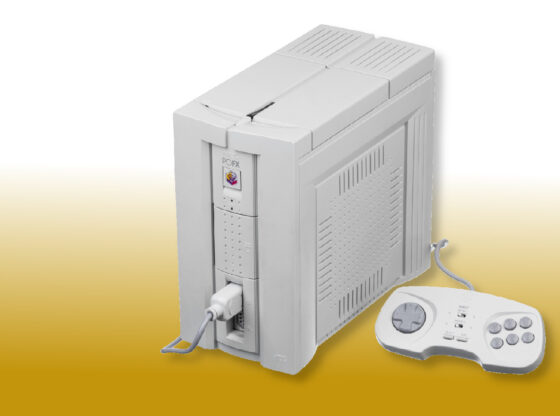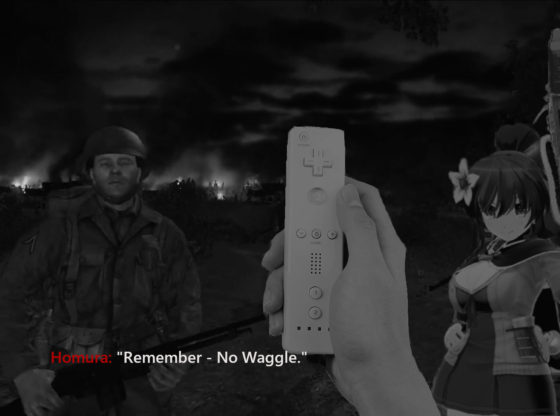I already made a video review of Steel Diver, but to apply for another site I did a written review. Unfortunately, I came just short of getting the position, so the review didn’t go through.
With almost every Nintendo platform launch, there has been at least one title from Nintendo that is on everyone’s list to purchase. But with the Nintendo 3DS, there isn’t that one must have title. Pilot Wings Resort, while a recognizable franchise, doesn’t exactly have the heavy hitting name that many other Nintendo franchises hold. Nintendogs + Cats definitely skews a bit more toward an expanded audience. So that leaves Steel Diver. This submarine semi-simulation game takes touch screen controls to a whole new depth with a unique control scheme. And with one of the master minds from the early Star Fox titles behind it, surely nothing can go wrong… Right?
The main portion of Steel Diver has players taking the seas in a side scrolling Mission mode. Players tackle each mission usually with the goal of getting to the end of each level, which on occasion will have a boss fight. When looking at each mission in size, they’re incredibly small levels. And if it were any other title, you’d complete a mission in a heartbeat. But submarines are no fighters jets. They are extremely slow, and that remains true in Steel Diver. Even with the short stages, to reach the end of each level you’ll have to overcome and evade enemy ships, submarines, mines and, your greatest enemies of all, cave walls and the sea floor.
Steel Diver’s controls are incredibly cumbersome, thanks to not only the speed of the submarine but control input. Being originally a DS tech demo, Steel Diver has a heavy focus on the touch screen. You use a combination of two sliders to control the submarine; a depth slider, which is used for diving and surfacing, and a speed slider, which is used to accelerate or move in reverse. You also have the ability to adjust the pitch of your submarine to take aim at enemy vessels. Not only do you have a fairly complicated control scheme, but the submarine takes time to adjust to your actions. If you’re set for a crash course, you have to adjust the settings on your control panel well ahead of time to avoid an obstacle. Once you throw in enemy missile fire, mines, and a time limit, it can be easy to forget to change either the depth or speed slider. And by the time you notice that you’re about to slam directly into the cave wall, it’s too late.
Outside of this main Mission mode, Steel Diver has two other modes. Periscope mode, which is implemented throughout the game, has players spinning around using the gyroscope or using the touch screen to shoot missiles at enemy ships and submarines from a fixed location. In the main Mission mode, each mission ends with a periscope round where players earn decals on each ship sunk. You can use these decals on your submarine for decoration and special effects.
The third and final mode in Steel Diver is Steel Commander. This mode plays like a turn based grid strategy game where players have to defend cargo ships from other the enemy submarine while taking out the opposing side’s cargo ships. There is a little bit of an action element using periscope mode for attack sequences, but the defending side has no way defending itself, leaving them to just watch to see what damage is done. Outside of the actual shooting of ships, this mode is almost entirely based on luck, which is frustrating as you sit and watch helplessly as your ships explode.
There is one big problem with all of these modes – there’s simply not enough content for each one. Periscope mode only has a few variations and quickly becomes repetitive since you’re basically shooting defenseless ships. Steel Commander mode has a lot of maps to play on, but again lacks enough strategy to be deep enough for significant replay value. The main Mission mode is the beefiest of the bunch, but is only seven missions long with eight simple time trial courses. Unfortunately, due to the limited number of missions, the game never really evolves beyond goes beyond piloting through caves and dodging enemy fire. If you go out of your way to beat every mission three times, you’ll open up an expert mode that has more difficult variation of the same levels you have already played. Steel Diver is very much a Pilot Wings-esque game, asking players to complete each level as quickly as possible. There’s also some developer ghost data for extra incentive, but the lack of online leader boards definitely kills some of the replay value.
Steel Diver was built with the Nintendo DS in mind, and the visuals show. The title does nothing to impress. Not only that but the 3D leaves little impact. You might as well leave the 3D off to save battery power. Not that you’ll need it due to the lack of content. There also isn’t much to say about the title’s sound track either. There are a few short tracks, but you’ll mostly hear the sound of your submarine’s motor and sonar. Steel Diver isn’t a title you’ll want to pick up for the presentation.
Steel Diver’s controls are definitely unique, giving you a real sense of how slow cumbersome the submarines are. But that’s about where the enjoyment ends in Steel Diver. Aside from forcing you to replay content, you can experience everything Steel Diver has to offer in an afternoon. At a budget price, the title may have been worth it. But for full retail price, there’s simply too little content to warrant a purchase. If the idea of controlling a submarine with a control panel seems compelling, rent it. Maybe someone will have the expert missions unlocked for you beforehand, so you won’t have to retread the content.














